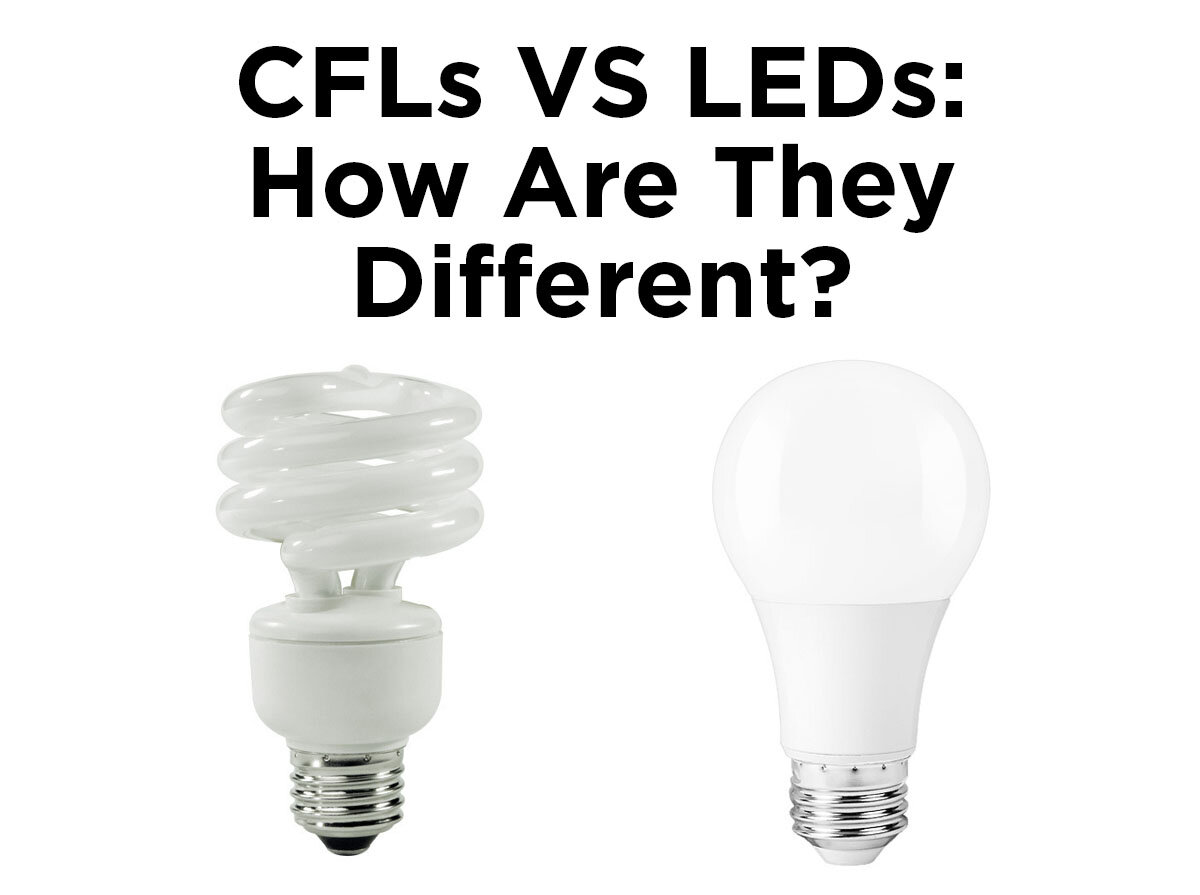What are Ultraviolet Germicidal Lamps?
You may as well call them cleaning lights, because ultraviolet germicidal lamps also called UV lamps, are primarily used in air, food and water purification. These thin lamps emit bursts of ultraviolet light that apprehend the growth of bacteria. Not only do germicidal lamps have the ability to kill bacteria, but they also inhibit the growth of some viruses and mold by preventing DNA duplication. Let’s take a closer look at these special lamps and their uses.
How they Work
Ultraviolet germicidal tube lamps are made with fused quartz. Unlike traditional glass, fused quartz glass does not contain additional ingredients, causing it to delay melting until the glass is at much higher temperatures. Because of its sturdiness, the fused quartz lamps are better equipped to handle strong ultraviolet transmission. Ultraviolet light has a shorter wavelength than traditional visible light, and these short wavelengths are able to adequately break down microorganisms, completely destroying their DNA. This process is called ultraviolet germicidal irradiation (UVGI).
Uses
The UVGI process often happens during the final stages of sanitizing. For example: Prior to food being packaged, some food items are exposed to ultraviolet lamps in order to prevent the growth of mold and bacteria. You may also find them being used in a number of other locations within the food industry, including salad bars, buffets and meat cases. Water supplies are similar in that, after being sanitized, water goes through a final UV treatment to remove any remaining contaminants. UVGI is the most common treatment and replaces the use of chlorine as a way to rid water of contaminants. Though frequently used in waste water treatment, the lamps can be used for both commercial and domestic purposes. UVGI is also used to disinfect air from airborne contaminants using a small fan that moves air through an internal UV chamber. When a room is completely closed off and vacant it can also be treated with germicidal lamps for a period of time. Air can also be purified while passing through an enclosed heating ventilation and air conditioning system (HVAC). You’ll also find additional uses for germicidal lamps at scientific labs and healthcare facilities.
Issues
While there are many benefits to using ultraviolet germicidal lamps for sanitation, there are some drawbacks as well. Certain wavelengths of ultraviolet light are detrimental to humans and organisms. In some cases, exposure can lead to severe burns, skin cancer, and even permanent damage to the retina. Because of these issues, UVGI systems are typically kept in enclosed spaces. If humans are in exposure areas they are usually required to wear special clothing.
It should also be noted that because their effectiveness is based on emitting light, these lamps must be cleaned and replaced often to function properly. If germicidal lamps are exposed to dust or any other film that creates a coating on the bulb, they will not be as effective.
Helpful in the sanitation of a number of industries, ultraviolet germicidal lamps can stop the spread of bacteria and even airborne viruses. So the next time you’re sipping a cold glass of water, just remember it has probably seen the light. What are your thoughts on ultraviolet germicidal lamps and the UVGI process? Let us know in the comment section below. As always you can drop us a message on Facebook, Twitter, LinkedIn, Pinterest or Instagram!








